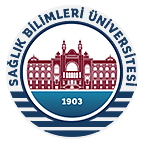ABSTRACT
Angiogenesis is a biological process by which new capillaries are formed and it occurs in some physiological and pathological conditions. Angiogenesis is controlled by the net balance between molecules that have positive and negative regulatory activity. The process of building new blood vessels (angiogenesis) and controlling the propagation of blood vessels (anti-angiogenesis) are fundamental to human health. For this reason, the study of angiogenesis is an active area of research. In vitro models, although useful in delineating parts of this process, may not be representative of what occurs in vivo. The highly vascularized chick embryo chorioallantoic membrane model, which is being extensively used in the research of angiogenesis is a useful in vivo system. That chick chorioallantoic membrane assay is cost-effective, simple, reliable and reproducible regarding angiogenic response, attracts investigators.



